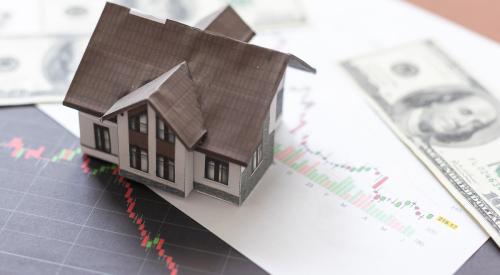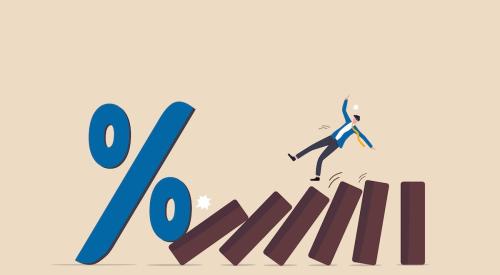The financial burden of homeownership is the result of a variety of factors, including household income, monthly payments, home values, and rates. A new economist's study follows the money.
Since the dawn of this century, home price growth has mostly outpaced household income growth. During the Great Recession, the gap narrowed as incomes grew faster than home prices, but in 2014, home prices shifted gear, appreciating faster than incomes once again. In the second quarter of 2018, home prices rose by 95 percent since 2000, whereas household incomes have increased by 52 percent in that time, per Zillow's study. By region, coastal markets have higher price to income ratios, whereas the Midwest's are within the historical averages, in the 2 to 3 range.
In 2000, when interest rates were 7.90 percent, homeowners had to spend about 19.6 percent of their income to be able to afford a home. In 2006 when rates were around 6.50 percent, homeowners had to spend 22 and up to 24 percent of their income on a home. In the wake of the Great Recession in 2009-2010, mortgage rates started to fall, so the share of income that went to paying a mortgage declined. In 2013 when rates were down to 3.47 percent, the mortgage payment on a median priced home was 11 percent of the median family income, putting less pressure on household incomes. Since that time rates have continued to decline, much to the benefit of potential homeowners.











